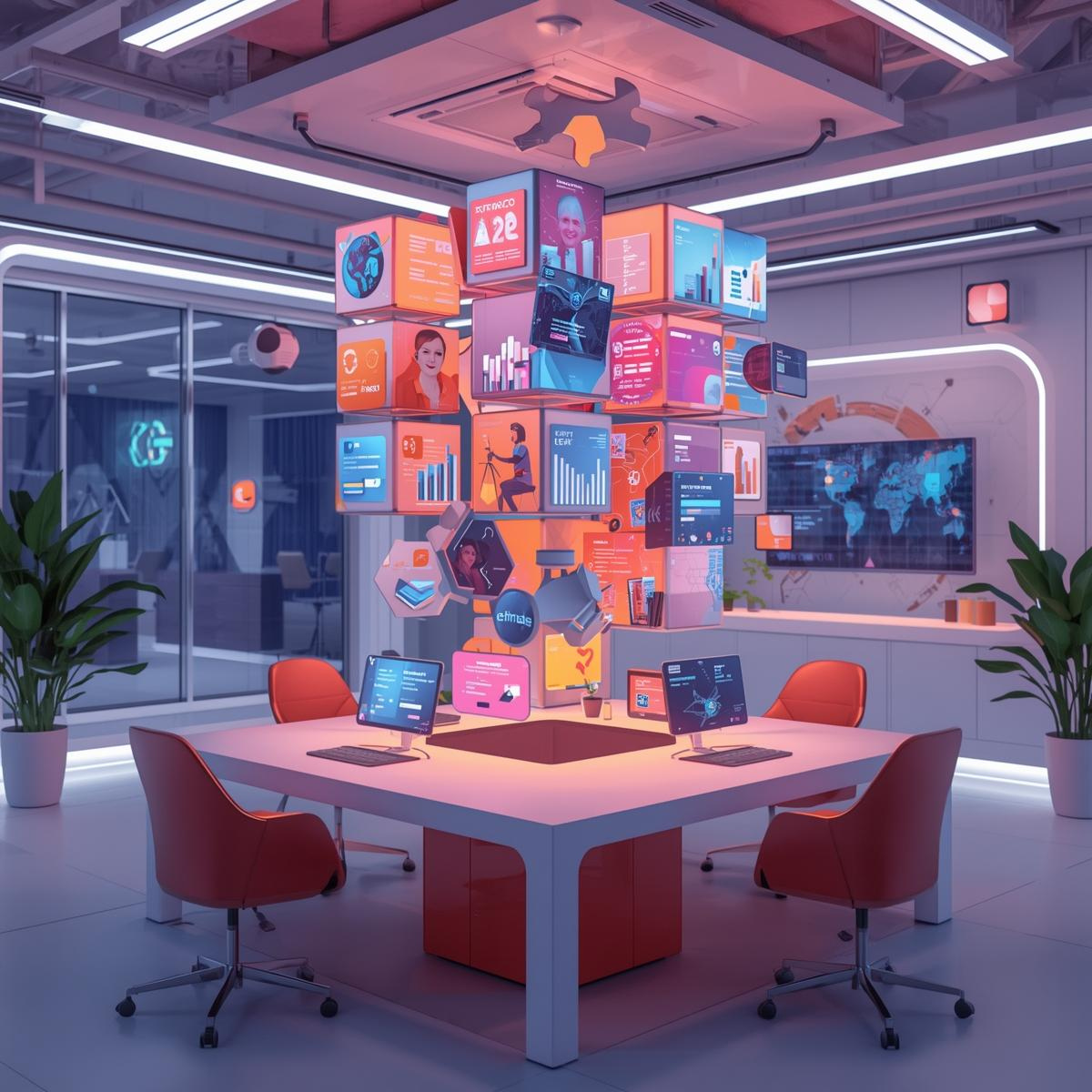For over a decade, digital marketing teams relied on large, monolithic content management systems (CMS) to build websites and manage digital journeys. But in 2025, customer expectations, channel fragmentation, and the rapid rise of AI have pushed these platforms to their limits. Marketers need experiences that are faster, more personalised, and more adaptive than ever before – yet most teams are slowed down by rigid technology stacks.
That is why composable Digital Experience Platforms (DXPs) are quickly becoming the new standard. For marketing leaders, this isn’t simply another martech buzzword – it’s a fundamental shift in how digital teams design, deploy, and optimise customer experiences.
Why Monolithic Platforms Can’t Keep Up
Traditional DXPs were designed to do everything, but at the cost of flexibility. Updating templates, integrating new channels, or launching personalised journeys often requires complex development cycles and IT involvement.
The result?
- Slow experimentation
- High dependency on technical teams
- Expensive upgrades
- Difficulty connecting data across tools
In a world where customer expectations shift week by week, this model is no longer sustainable.
The Rise of Composable Marketing
A composable DXP breaks capabilities into modular components – content, personalisation, search, analytics, ecommerce – allowing marketing teams to assemble the exact stack they need. Sitecore, for example, now offers a suite of API-first, SaaS-based modules designed to plug into any martech ecosystem.
This approach enables teams to:
- Launch new customer journeys quickly
- Swap out technologies without large rebuilds
- Personalise experiences in real time
- Integrate with CRM, CDP and automation tools with ease
- Reduce reliance on costly platform upgrades
It is marketing agility redefined.
AI Is Accelerating the Shift
With AI making personalisation, segmentation and content production near-instant, marketers need a technological foundation that can keep pace. Composable platforms excel here:
- AI personalisation engines integrate through clean APIs
- Content flows dynamically across channels
- Machine learning models can be deployed without re-architecture
The ROI Argument for Composable
While moving from a monolith to composable may seem complex, the financial case is compelling:
- Lower total cost of ownership
- Fewer bottlenecks from IT
- Faster time-to-market
- Reduced rebuilds – incremental upgrades instead
For marketing leaders looking to modernise their digital strategy, composable isn’t the future. It’s already the present.

